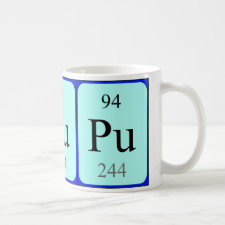
Authors: Ferrer I, Barceló D
Article Title: Validation of new solid-phase extraction materials for the selective enrichment of organic contaminants from environmental samples.
Publication date: 1999
Journal: TrAC Trends in Analytical Chemistry
Volume: 18
Issue: (3)
Page numbers: 180-192.
DOI: 10.1016/S0165-9936(98)00108-3
Abstract: For the extraction and isolation of trace contaminants from complex environmental matrices new selective methods are required in order to achieve the low concentration levels imposed by the regulatory agencies, such as the CEE and US-EPA, Accordingly, several analytical methodologies involving the solid-phase extraction of traces of organic contaminants from environmental matrices, using different types of sorbents, are reviewed here. The advantages and disadvantages of the various kinds of sorbents, ranging from conventional ones such as C-18 or polymerics, up to the most recent ones such as immunosorbents (IS) or molecularly imprinted polymers (MIP), are highlighted. In addition, we report applications in the environmental field for the trace determination of pesticides and their degradation products, and polycyclic aromatic hydrocarbons (PAHs) in natural waters and sediments. Finally, an important feature of the development of new sorbent materials is their validation for assessing the high quality of the analytical procedures. In this respect, examples are given of the validation of immunosorbents by participation in inter-laboratory exercises, including the analysis of groundwater samples and certified sediment reference materials. (C) 1999 Elsevier Science B.V. All rights reserved



Join the Society for Molecular Imprinting

New items RSS feed
Sign-up for e-mail updates:
Choose between receiving an occasional newsletter or more frequent e-mail alerts.
Click here to go to the sign-up page.
Is your name elemental or peptidic? Enter your name and find out by clicking either of the buttons below!
Other products you may like:
 MIPdatabase
MIPdatabase









